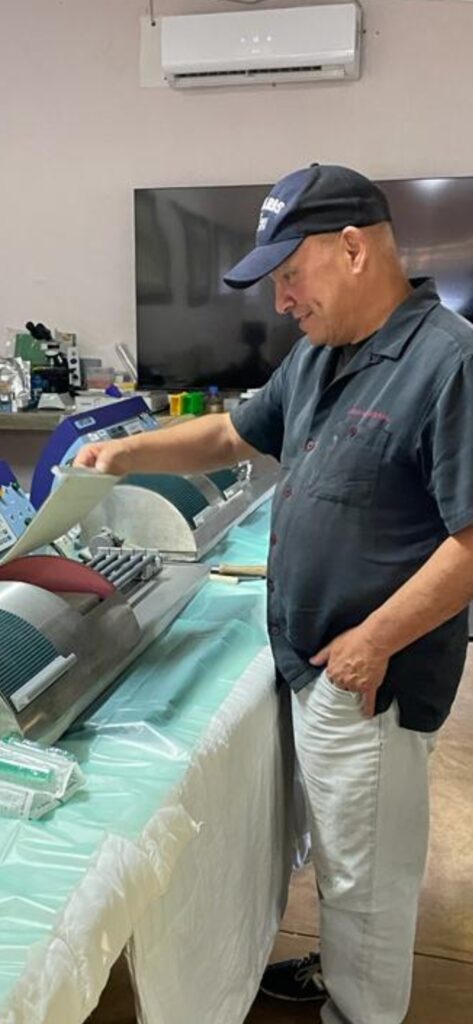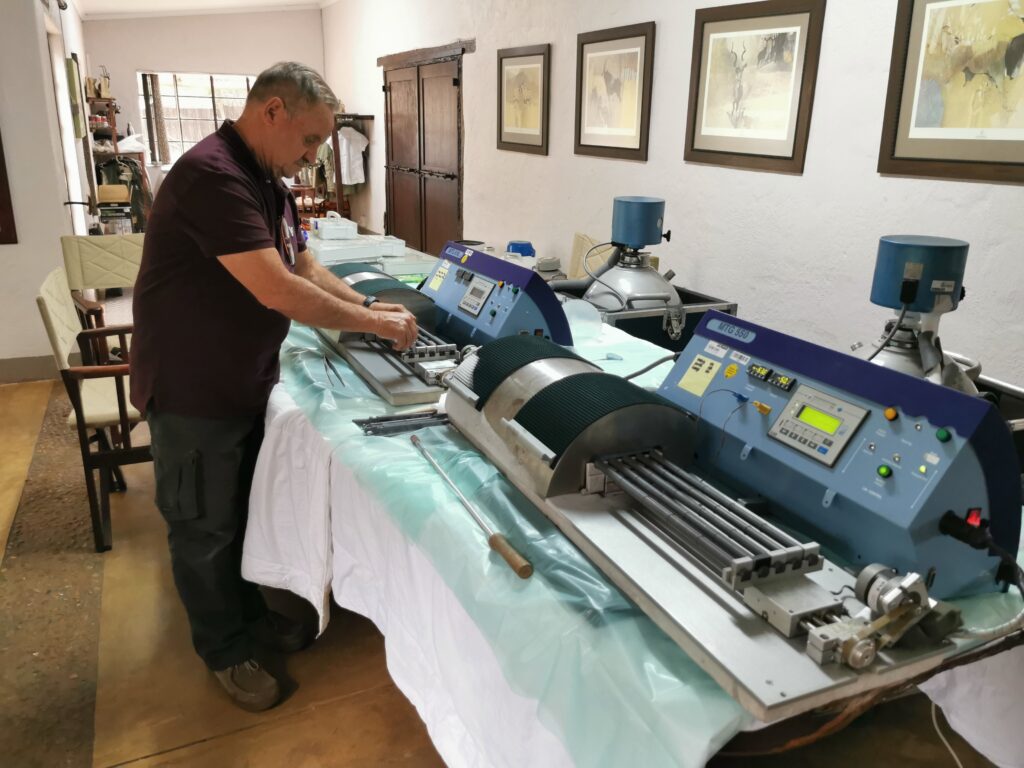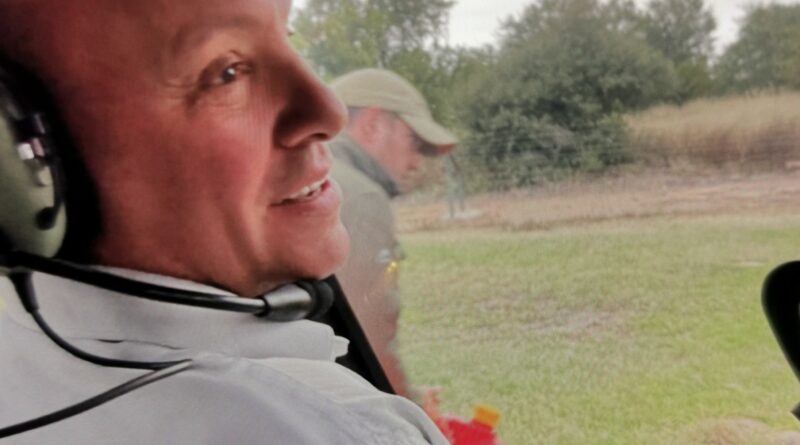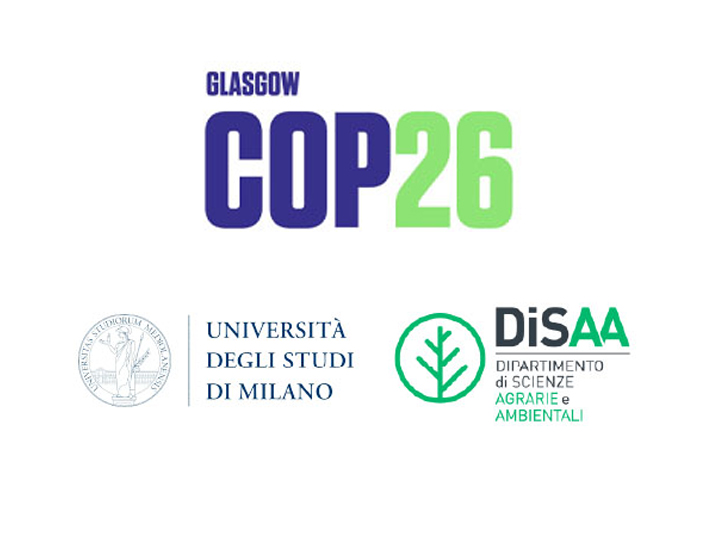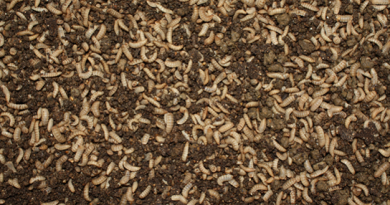#MeetTheProfessors
Professor Amir Arav paid visit to our Department to share with our students his four-decade experience in cryoconservation process and report them about his projects around the world. Read the interview.
Welcome to Italy.
Well, Italy is my second home. I’ve been here for my studies in Bologna, back in the 80ies when I studied veterinary medicine. Since then, I am very close to Italy, I gave lectures in Teramo, Bologna and in Sardinia, which is the best, especially in this period of the year.
I see, so this is not your first time in Milan either.
No, I have been collaborating with Professor Gandolfi and Professor Brevini for many years now.
What are the subjects of interest?
Well, I came here to give a lecture about biology at low temperature. In practice, I teach the whole process of cryopreservation of biological samples, from cells up to organs.
Which university background do you have?
I have B.Sc in Animal Science from Hebrew University, Jerusalem and beside my vet studies, I have also enriched background in physics, chemistry and biology by continuing to PhD in Bologna and UC Berkeley and in my post doctorate in UC Davis, in California. After vet school, I soon realize that it would be difficult to make significant improvements in the field of cryobiology without a background in physics. And then I switched to engineering. I love studying. That’s the best job I could find for myself.
Where are you based now?
In Tel Aviv. I worked as a researcher at the Agriculture Research Organization, now I am in the private sector.
Tell me more about the cryopreservation techniques you developed.
Well, 6 million babies were born with this technique which is vitrification using a minimal drop size.
Great result! I thought, you worked with animals.
The technique is the same. I work in IVF (in vitro fertilization). I just came back from South Africa, from Kruger Park where I joined a project called Dumbo (see a video shot from the helicopter here below), aimed to collect sperm from mature elephants and freeze it. It is funny because the sperm of an elephant has the same size of human sperm.
Did you often work with exotic animals?
Panda, gazelle, dolphins, rhino….yes, all the time.
You talked about cryopreservation at low temperature. I thought you need to freeze the materials to keep them safe, like in the Global Seed Vault in Svalbard.
It is important to develop more techniques, in different areas. You never know….We developed new techniques, we dofreeze-drying cells with a device we developed, that makes the cooling and drying process very rapid. Thanks to another new vitrification technique, we can also cryopreserve large tissues and organs, something that has been impossible for many years. We also developed a different storage technique, with special freezers that here at the university are available.
Please, for non-experts, explain us what vitrification is.
With vitrification we mean a low temperature solidification process that involves cooling the product without the formation of ice crystals. With this technique we removed a whole leg of a rat, vitrifying and preserving it at low temperature, and then we warmed it up and transplanted it back to the animal.
Impressive. How did the animal react?
After 1 month he was able to walk again. This is out on publication. Look it up here (Rejuvenation research in press)
Did you also try with men?
Right now, in the US more than 100 fresh successful hands transplantations have been done, from donor to patient. The transplantation with frozen large tissues/organs has not been tested yet.
It is impressive how technology is progressing.
Well, this new technique can have an immediate application with injured soldiers. So far this was done with fingers, freezed onsite, then once the soldier was recovered, put them back. The huge advantage is that there is no risk of rejection because the tissue belongs to him.
Which kind of tissues do you freeze?
This technique fits to every type of tissue, from plants to organism to humans.
When I arrived to your lab earlier, you were “managing” a yolk. What were you doing?
Preparing solution for sperm freezing, the process consists of drying up the proteins of the outside yolk membrane. Then, we add sugar which is of paramount importance in order to preserve it at low temperature. The freezing device that we developed is called directional freezing and this is the only device that can make preservation freezing of sex sorted semen.
Do you mean that you can separate from male to female?
Yes. Tomorrow, we will experiment with bull’s sperm. In this case, we are interested only in female sperm. So, we can inseminate dairy cows only with the sperm that produce female.
I guess this is not legal for humans.
No, it is not. But for example, in Israel after three children of the same sex, a couple can consider IVF and select the child’s sex. All in all, with animals is very popular, above all in terms of preservation. For example, we preserved cells of the last living leopard that was found in Israel.
Really?
Yes, we found it in the Judean Desert. We collected the blood and preserved its cells and now we are ready to clone it. I had the chance to work with two Italian scientists Sergio Ledda and e Lino Loi, so I sent them dry cells from Israel and they transferred them in an empty egg, without DNA producing a viable embryos.
So the egg is just the host.
Yes. The nuclear from the somatic cells is transfer into an empty egg.
You basically cloned the leopard.
Not exactly. For cloning you should collect a huge number of eggs and also somatic cells from many individuals in order to avoid inbreeding, keep biodiversity and avoid recessive genes to be expressed.
Will this technique be important to preserve biodiversity?
Yes, but this does not mean that we should destroy biodiversity.
Remember, we cannot produce genes from scratch. If we lose the important genes in life, in plants and animals, it is difficult to rebuilt them. It is easier to preserve it. Biodiversity drives evolution.
May inbreeding affect fertility?
Inbred offspring who survive to adulthood may themselves show decreased fertility due to recessive genes that could negatively influence fertility.
Fertility rate is also decreasing among humans. Life expectancy has been on the rise for decades now but our fertility age is still the same.
Well, you know what is responsible to reduce human fertility?!? One word. Career.
Ah, yes. It is a change on the lifestyle, especially for women.
Yes. And this is an easy to solve problem but governments don’t look at the simple solutions. Let young people do families before they get a career. I did veterinary with a young boy. It is possible you know. Then, the fertility rate will stay the same.
